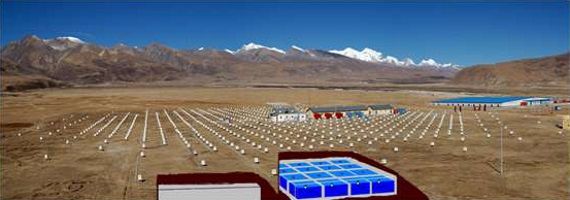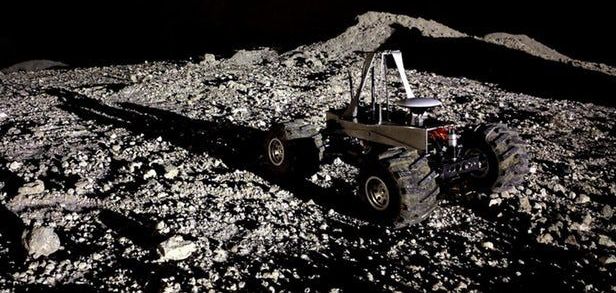NASA life support analyst Lucie Poulet explains how analog missions work and what they tell us about future crewed missions.
Category: space – Page 893
NASA’s Giant Leaps: Past and Future
Fifty years ago, humans took their first steps on the Moon. The world watched as we made history.
On July 19 at 1 p.m. EDT, we’ll salute our #Apollo50th heroes and look forward to our next giant leap.
Will you be watching? https://go.nasa.gov/327ZDZs
NASA ScienceCasts: Watch the History of our Solar System Fly
Scientists are unlocking clues about the earliest formation of our solar system from a Kuiper Belt Object known as 2014 MU69.

We should care more about the deep sea than we do deep space
If we loved the deep sea as much as deep space, we might not have so many environmental problems.

What If Humanity Was A Type III Civilization? | Unveiled
According to the Kardashev Scale, a Type III Civilization should be able to harness the power of an entire galaxy… Humanity isn’t quite there yet, but what will our lives be like if we ever do become an advanced, Type III, intergalactic species? In this video, Unveiled looks far into the future, to see how far humankind could possibly go as we continue to explore and understand the universe around us…
This is Unveiled, giving you incredible answers to extraordinary questions!
Find more amazing videos for your curiosity here:
What If There’s A Mirror Universe — https://www.youtube.com/watch?v=dvs-H5vU3NY
What If Andromeda Collides With the Milky Way? — https://www.youtube.com/watch?v=X5-fSADihd4
Are you constantly curious? Are you a fiend for facts? Then subscribe for more from Unveiled ► https://goo.gl/GmtyPv
#KardashevScale #Civilization #Advanced #Future #Futuristic

The moon in 2069: Top space scientists share their visions for lunar lifestyles
LAUSANNE, Switzerland — Fifty years ago this month, NASA’s Apollo 11 mission transformed the idea of putting people on the moon from science fiction to historical fact. Not much has changed on the moon since Apollo, but if the visions floated by leading space scientists from the U.S., Europe, Russia and China come to pass, your grandchildren might be firing up lunar barbecues in 2069.
“Definitely in 50 years, there will be more tourism on the moon,” Anatoli Petrukovich, director of the Russian Academy of Sciences’ Space Research Institute, said here today during the World Conference of Science Journalists. “The moon will just look like a resort, as a backyard for grilling some meat or whatever else.”
Wu Ji, former director general of the Chinese Academy of Sciences’ National Space Science Center, agreed that moon tourism could well be a thing in 2069.

NASA taps Carnegie Mellon to build small, speedy MoonRanger lunar rover
NASA has awarded Carnegie Mellon University (CMU) and Astrobotic a US$5.6 million contract to build a new suitcase-sized robotic lunar rover that could land on the Moon as soon as 2021. One of 12 proposals selected as part of the agency’s Lunar Surface and Instrumentation and Technology Payload (LSITP) program, the 24-lb (11-kg) MoonRanger rover is designed to operate autonomously on week-long missions within 0.6 mi (1 km) of its lander.